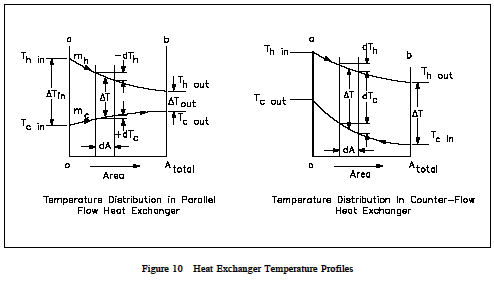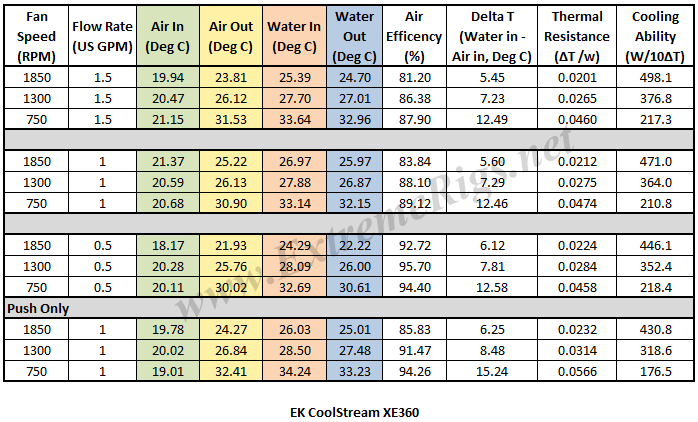Thunderdolt
Gawd
- Joined
- Oct 23, 2018
- Messages
- 1,015
With Titan Rig doing a 20% off sale, I think it's finally time for me to finish designing and building my rackmount external water cooling setup. To that end, I was hoping someone could point me towards a calculator or xtremerigs-quality review to help guide my design.
Is there a decent calculator that would help me get an idea of performance when running multiple radiators where:
I'm aiming to run the coolant quite a bit hotter (40C) than Xtremerigs did for their radiator testing (30-31C), so I don't know that simple linear extrapolation from their data would prove to be useful.
Is there a decent calculator that would help me get an idea of performance when running multiple radiators where:
- Both air and coolant are in parallel
- Both air and coolant are in series
- The air is in series and the coolant is in parallel
- The air is in parallel and the coolant is in series
I'm aiming to run the coolant quite a bit hotter (40C) than Xtremerigs did for their radiator testing (30-31C), so I don't know that simple linear extrapolation from their data would prove to be useful.
![[H]ard|Forum](/styles/hardforum/xenforo/logo_dark.png)

